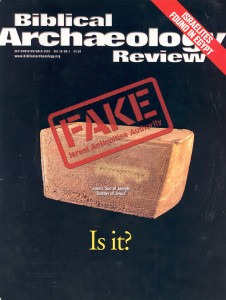But Many Important Items Still Missing

In the July/August issue, BAR reported on the looting of Iraq’s National Museum in Baghdad following the invasion of Iraq by U.S.-led coalition forces. (Strata, BAR 29:04.) Fortunately, early assessments of the museum’s losses, which ranged up to a mind-boggling 170,000 items or more, have proved exaggerated. Unfortunately, however, some commentators have now gone overboard in the other direction, claiming that reports of looting were unfounded. As usual, the reality is more complex, but let it be clear: The museum has suffered calamitous losses.
First, some good news. The National Museum in Baghdad possesses an important collection of the earliest examples of proto-cuneiform writing (c. 3200 B.C.), excavated in Uruk (the modern Iraqi site of Warka). These pieces and about 100,000 other cuneiform tablets (dating up to the first century A.D.) were kept safely in a storage room that was not breached. This group includes the invaluable Sippar archive of about 800 clay tablets from the Neo-Babylonian period (625–539 B.C.). Cuneiform scholars can breathe a collective sigh of relief.
Already a library member? Log in here.
Institution user? Log in with your IP address.

